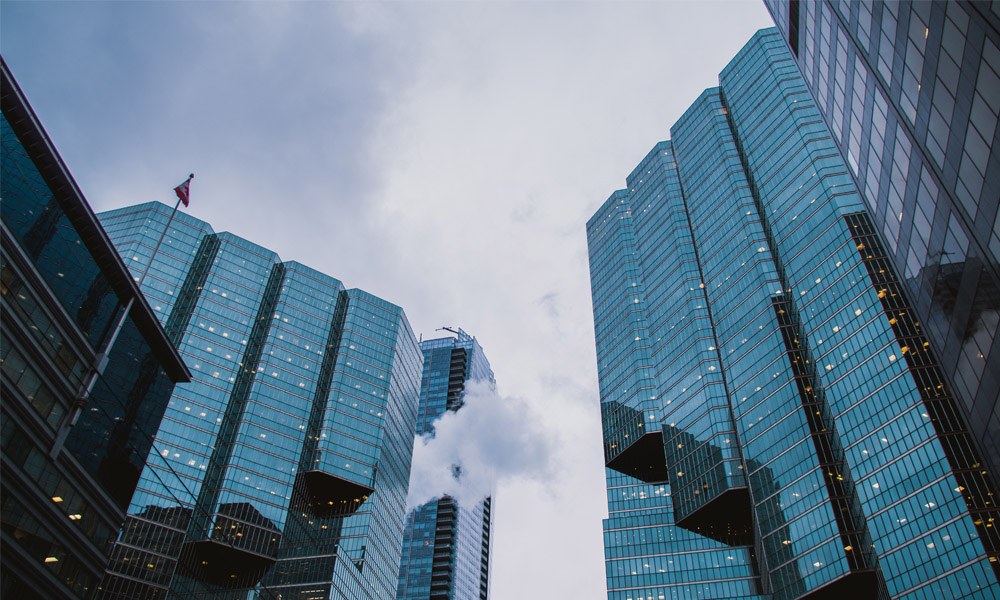

Understanding Beveled Low E Glass Features and Benefits
In the evolving landscape of architectural design and energy efficiency, glass has emerged as a pivotal material that enhances both aesthetics and functionality. Among the various types of glass available in the market, beveled low emissivity (Low E) glass stands out for its unique characteristics and benefits. This article explores what beveled low E glass is, its advantages, applications, and why it should be an essential consideration in new builds and renovations.
What is Beveled Low E Glass?
Beveled low E glass refers to glass that has an angled edge or a chamfer (the bevel) and is treated with a low emissivity coating. This special coating is designed to minimize the amount of infrared and ultraviolet light that passes through the glass without compromising visible light. The bevel creates an attractive edge profile, adding to the visual appeal of windows and doors, making them not just functional elements but also critical aspects of a building's aesthetic.
Advantages of Beveled Low E Glass
1. Energy Efficiency One of the primary benefits of low E glass is its ability to improve energy efficiency. The low emissivity coating reflects heat back into the room during the winter while blocking excess heat from entering during the summer. This helps maintain a stable indoor temperature, reducing the reliance on heating and cooling systems and, consequently, lowering energy bills.
2. UV Protection The UV-blocking characteristics of low E glass prevent harmful ultraviolet rays from entering your home or office. This is particularly important for protecting interiors, such as furniture, carpets, and artwork, from fading over time. By minimizing UV exposure, beveled low E glass contributes to the longevity of interior furnishings.
3. Aesthetic Appeal The beveled edge of the glass not only enhances the overall design of the windows and doors but also creates a unique light reflection and refraction effect. This architectural feature adds sophistication and elegance to any building, making it a popular choice among designers and architects aiming for a modern look.
4. Sound Insulation Beveled low E glass also contributes to sound insulation. Its thicker structure can help dampen noise from the outside, making living or working spaces more tranquil. This benefit is especially valuable in urban environments where noise pollution may be a concern.

5. Environmental Impact By improving energy efficiency, using beveled low E glass can contribute to a reduced carbon footprint. With energy conservation becoming a global priority, selecting materials that promote sustainability is increasingly important for environmentally-conscious builders and homeowners.
Applications
Beveled low E glass is versatile and can be used in various applications, including
- Residential Windows Homeowners often opt for beveled low E glass in their windows to enhance energy efficiency while also achieving a stylish look. Its ability to reduce energy costs makes it an attractive choice for new construction and renovations. - Commercial Buildings In commercial architecture, where large expanses of glass are common, beveled low E glass can provide aesthetic appeal alongside significant energy savings, making it ideal for office buildings and retail spaces.
- Skylights Beveled low E glass is also used in skylights, allowing natural light to flood a space while minimizing heat gain, thus enhancing comfort indoors.
- Doors This type of glass is commonly used in sliding doors and entryways where design and functionality go hand in hand. The bevel not only improves the look of the door but also contributes to energy efficiency.
Conclusion
In conclusion, beveled low E glass is a remarkable combination of aesthetics and functionality that offers numerous benefits. Whether for energy efficiency, UV protection, sound insulation, or environmental sustainability, its applications make it an attractive choice for a wide range of architectural projects. For architects and builders looking to create modern, functional, and visually appealing structures, beveled low E glass is an exceptional material that meets contemporary design demands while promoting a greener future. As the industry continues to innovate, materials like beveled low E glass will undoubtedly play a pivotal role in shaping energy-efficient and aesthetically pleasing environments.